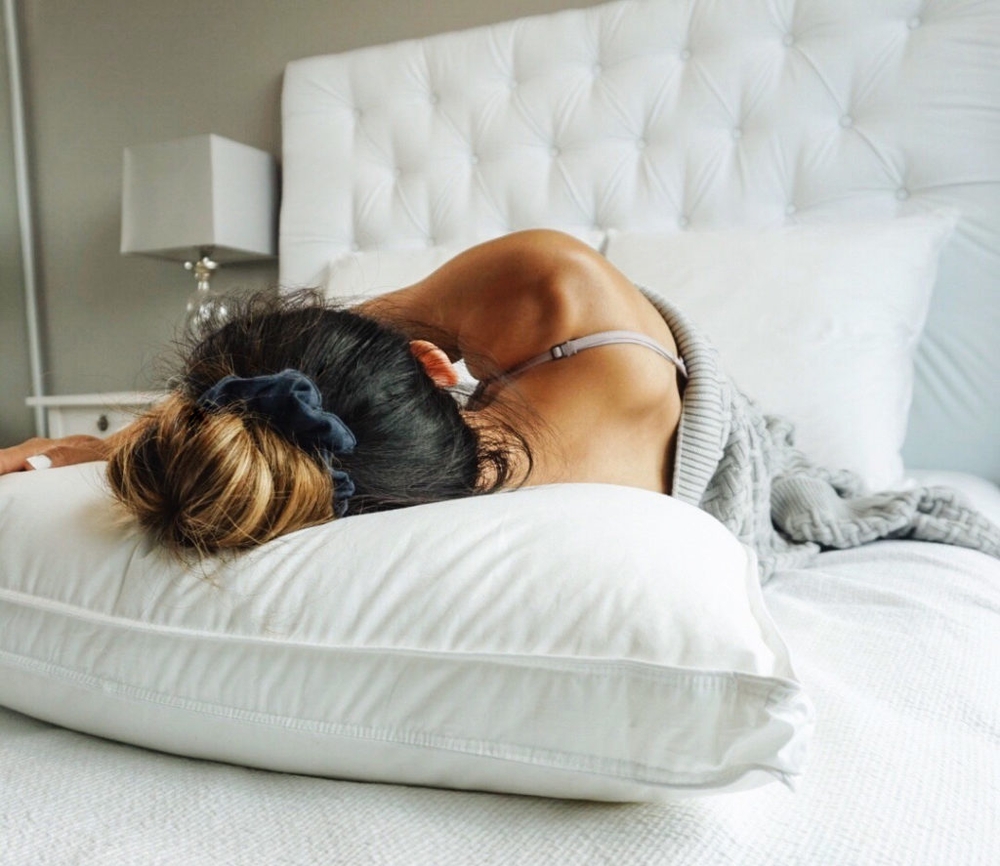Final taxes and shipping will be calculated at the checkout.
Sign in to see items you have added using another computer or deviceThe Importance of a Good Pillow—and How to Pick One

If you don’t think you need new pillows, think again—they should be replaced every 18 months or so. This is because over time, pillows can become packed with mould, dust mites and dead skin cells, contributing to allergies and even disease.
Sounds gross, right? Thankfully, a pillow protector can extend the life of your pillow. But if you’re not using the right pillow for your sleeping habits, you better start: Failure to choose the right kind of pillow can leave you with significant pain or allergies.
Begin by considering your sleep position.
To get a general sense of the best pillow for you, start by assessing your sleep position. Your sleep position matters because you need a pillow that properly supports your neck and reduces strain on your back to avoid pain the following day. Here’s a cheat sheet for finding the right firmness and size for your position.
- Stomach sleepers should use a soft, plump pillow to cushion the head and neck at a comfortable angle. See some of our favourites for you, here.
- Back sleepers will want a pillow that’s medium-firmness to achieve the perfect position for your head and neck. This way, your neck isn’t pushed forward too far while you sleep. If you’re a back sleeper, you might also want to keep a pillow under your knees to reduce pressure on the spine. Consider some of these.
- Side sleepers will find firm, thick pillows to be comfiest as they provide complete support for your head, neck, and shoulders. A helpful tip: draw your legs up slightly towards your chest and sleep with a pillow (a full body pillow can be extra comfortable) between your knees.
If neck pain is a big concern for you, you might want to invest in a memory foam pillow (browse our collection). Memory foam contours to your head and neck, providing optimal support.
If you have allergies, buy accordingly.
Allergies are another big thing to consider when choosing the correct pillow. Even if you regularly replace pillows every 18 months, you may find yourself battling allergies or asthma. If this sounds familiar, consider switching to a synthetic/micro fibre/wool pillow, all of which naturally resist dust mites. The pillow from this Australian wool bedding collection is great for avoiding allergens while also wicking away bodily moisture.



